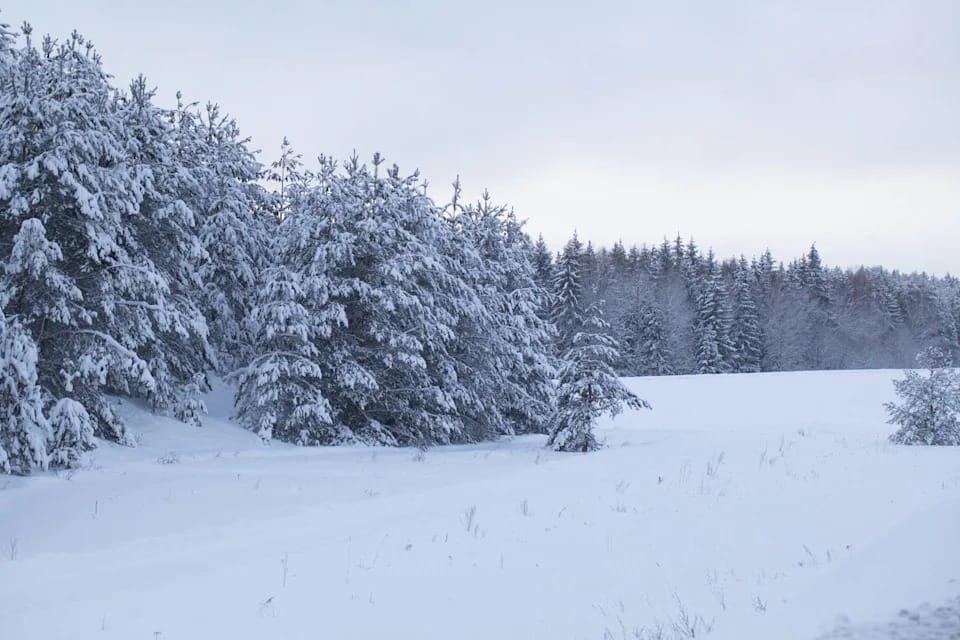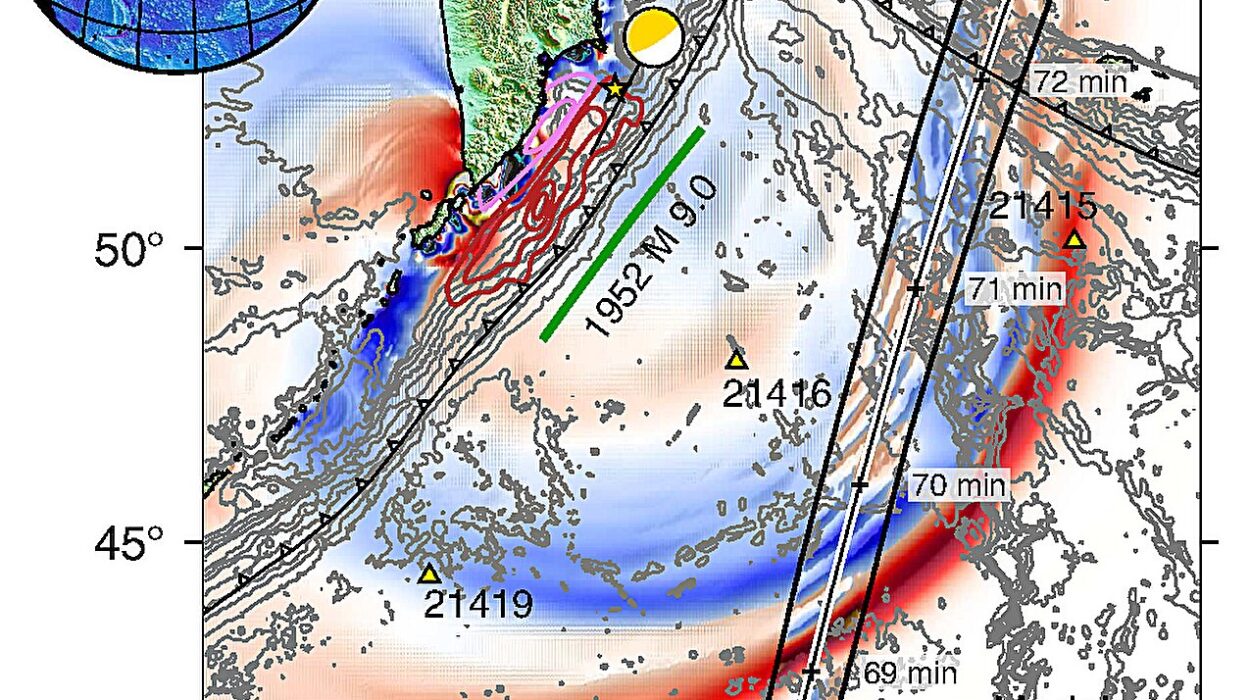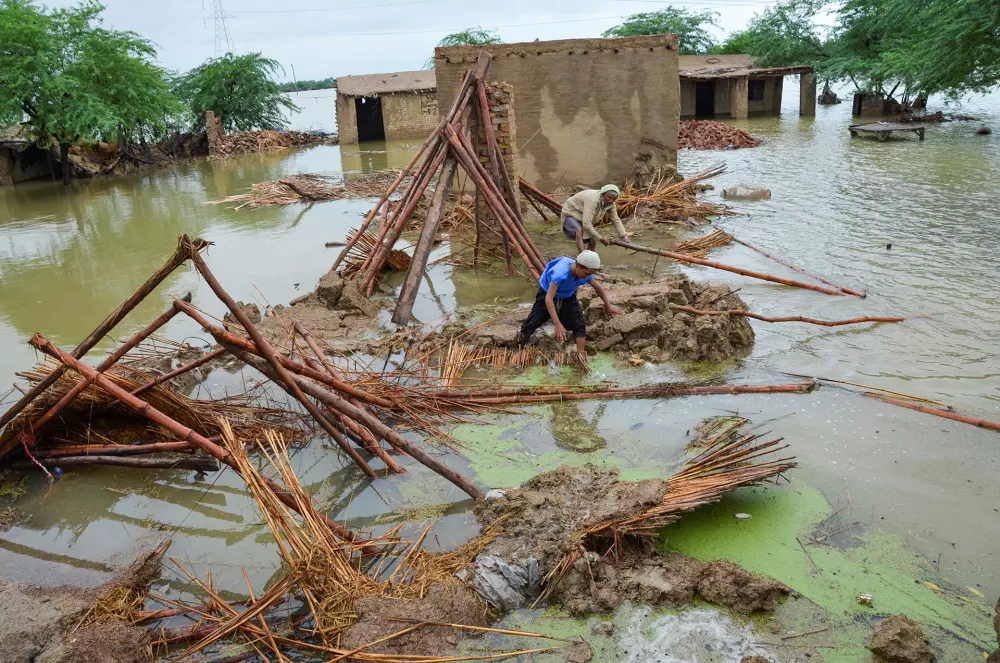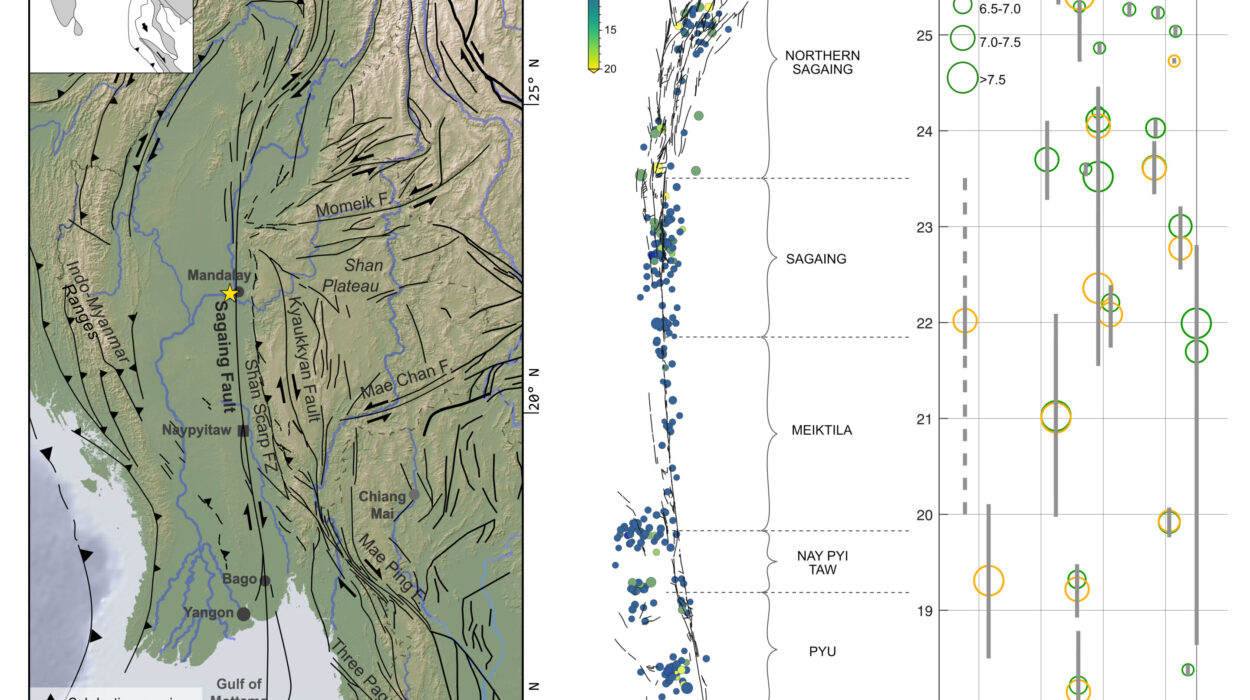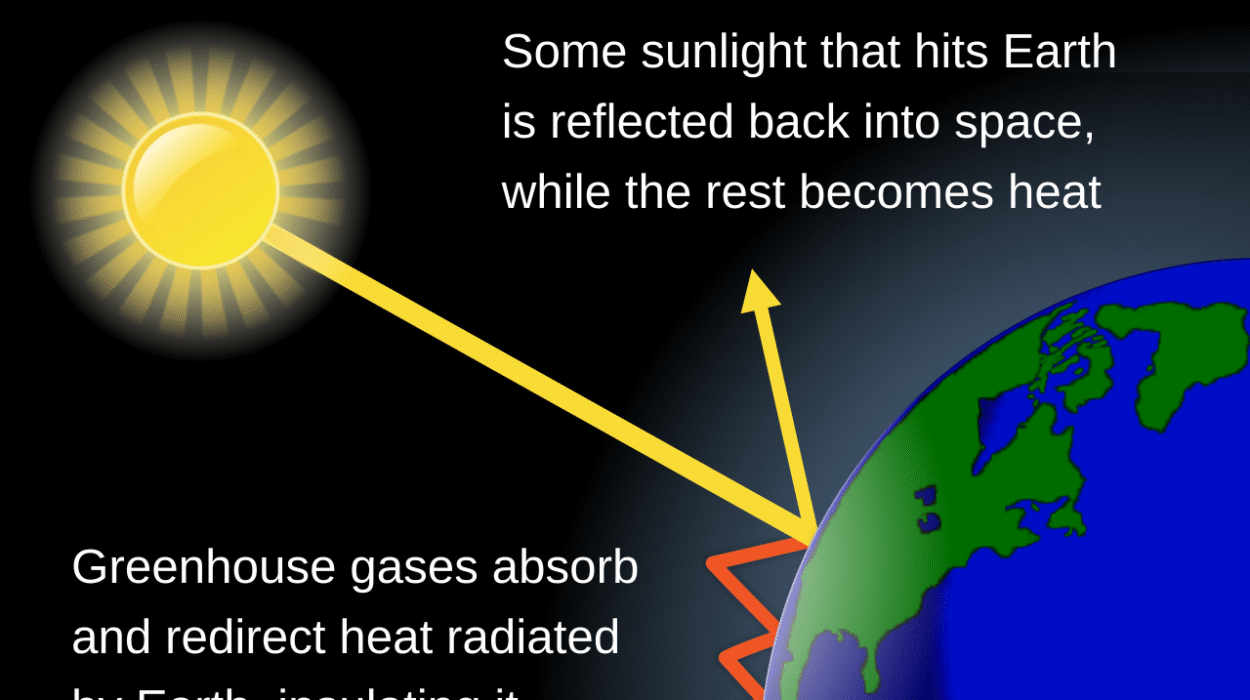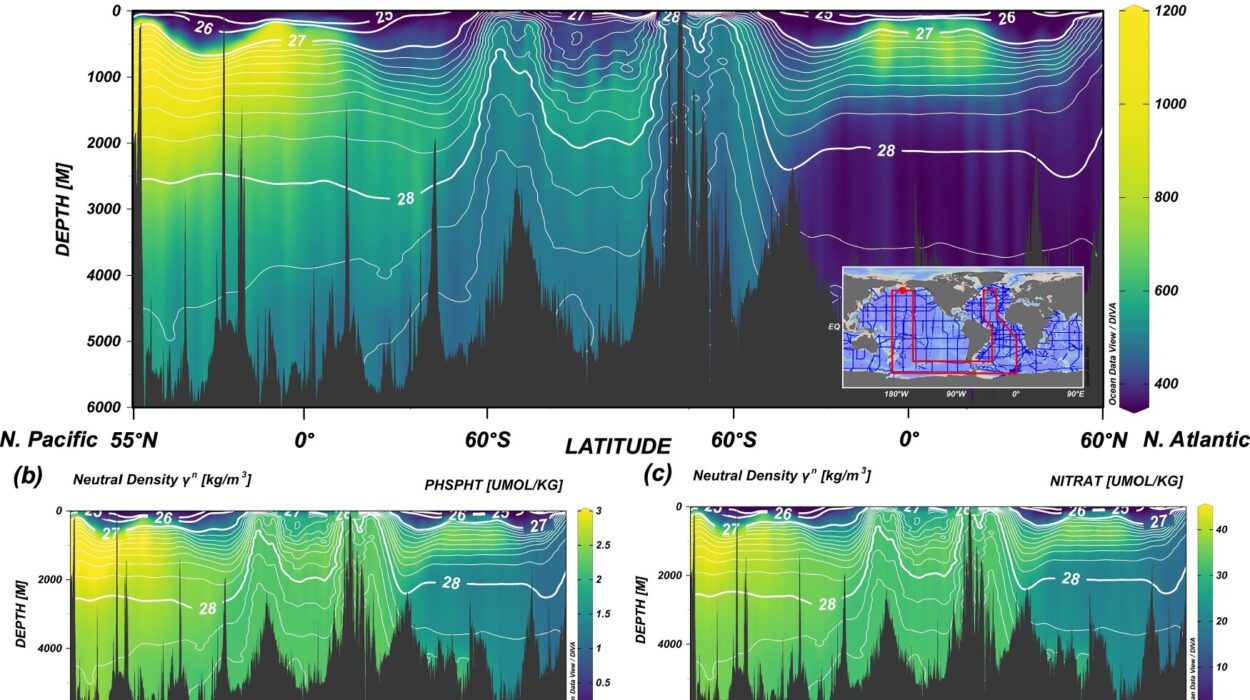What does it mean when winter stops behaving like winter? When snow doesn’t fall in the Arctic, but rain does? When the tundra blooms in February, and glaciers weep beneath the touch of warm air instead of the grip of frost?
These aren’t poetic exaggerations. They’re the daily, disorienting realities that scientists encountered during a recent expedition to Svalbard, a cluster of icy islands far north of Norway. Svalbard has long stood as a bellwether for global climate trends—a remote, frozen frontier used by researchers to study permafrost, glaciers, and the ecosystems that have, for thousands of years, evolved to thrive in the deep freeze.
But in February 2025, Svalbard did something that startled even seasoned scientists: it melted.
Rain in a Place That Shouldn’t Know Rain
Dr. James Bradley, Reader in Environmental Science at Queen Mary University of London, didn’t expect to find himself wading through slush and standing on bare, soggy tundra while conducting Arctic fieldwork. His team had traveled to the archipelago during what should have been the depths of winter, expecting bitter cold, thick snow, and unrelenting ice. What they found instead was rain.
“The thick snowpack covering the landscape vanished within days,” Bradley wrote in his new commentary published in Nature Communications. “Standing in pools of water at the snout of the glacier, or on bare, green tundra, was shocking and surreal. The gear I packed felt like a relic from another climate.”
Where the team had prepared for freezing winds and waist-deep snow, they found slush and exposed earth. Where they anticipated silence broken only by the creak of glacial ice and the crunch of snow underfoot, they heard the patter of rain and the soft splash of meltwater trickling across stone. This wasn’t just an unusual warm spell. It was something deeper, more fundamental: the undoing of winter itself.
A New Arctic Norm
Svalbard is currently warming at six to seven times the global average. What was once considered an occasional climate anomaly is now becoming the new seasonal pattern. The February heatwave encountered by Bradley and his team wasn’t a freak event—it was part of a profound trend. Arctic winters are losing their cold identity, and fast.
This acceleration of warming during the winter months is not just a footnote to climate change—it’s a defining characteristic. Arctic amplification, a phenomenon where the polar regions warm faster than the rest of the globe, has been observed for decades. But what’s becoming apparent is that winter is the season bearing the brunt of this transformation. Temperatures that should be reliably well below freezing are now frequently spiking above the 0° Celsius threshold. And when that happens, everything changes.
Snow melts. Rain falls instead of snow. Ice becomes slush. The foundational conditions of Arctic life—ecological, geological, and human—become unstable. For scientists trying to study these fragile systems, the instability creates serious challenges.
The Meltdown of Methodology
For Ph.D. student Laura Molares Moncayo, who co-authored the commentary, the shifting climate didn’t just change the landscape—it unraveled the very purpose of the research trip. The team had planned to study freshly fallen snow in Svalbard’s untouched winter. But over the two-week period, they were able to collect fresh snow only once. Almost every other form of precipitation fell as rain.
“The unexpected melt not only disrupted our sampling plan,” she said, “but also made us question how safe or feasible winter fieldwork really is under such rapidly changing conditions.”
It wasn’t just about gathering samples. The melt forced the scientists to change how they moved, what gear they used, and even how they could think about future fieldwork. Snowmobiles got stuck in slush. Safety protocols had to be reevaluated. Thin snow cover increased the risk of polar bear encounters. Retreating quickly to the research station—standard procedure in emergencies—became difficult. The field conditions blurred the lines between science and survival.
These aren’t minor inconveniences. They’re signs that the scientific infrastructure designed for a frozen world is quickly becoming obsolete. Research logistics in the Arctic rely on the assumption that winter is cold, snow is abundant, and ice is solid. But now, researchers are grappling with a sobering realization: winter as we’ve known it may already be gone.
Feedback Loops and Ecological Consequences
The implications of these warming winters stretch far beyond disrupted fieldwork. When winter temperatures rise above freezing, even briefly, a cascade of changes ripples through the Arctic ecosystem.
Take the snowpack. It acts as insulation, preserving frozen soil, shielding plant life from temperature extremes, and maintaining a delicate balance of water and energy beneath the surface. When rain replaces snow, it can saturate and then freeze the topsoil, forming icy crusts that block animals like reindeer from reaching their food. In such winters, mass die-offs become more likely. Caribou herds starve. Lemmings and voles, vital food sources for predators, disappear. And the ripple effect continues through the food chain.
Underneath the snow, the situation is equally dire. Warmer temperatures and sudden melts increase microbial activity in the soil. Once-quiet microbes awaken and begin digesting ancient organic carbon stored in permafrost—carbon that has been locked away for thousands of years. The result? A surge in greenhouse gas emissions like methane and carbon dioxide, which in turn fuels further warming.
This is the feedback loop scientists have feared for decades: warming causes thaw, thaw causes emissions, emissions cause more warming. Once the loop accelerates, it becomes incredibly difficult to stop.
Melting the Foundations of Arctic Life
Indigenous communities across the Arctic have long relied on the rhythms of winter for transportation, hunting, and cultural practices. Ice roads become dangerous or vanish altogether. Traditional travel routes grow unreliable. Homes built on permafrost become unstable as the ground beneath them shifts and sinks.
For these communities, winter warming isn’t just a scientific or environmental issue—it’s a direct threat to daily life, infrastructure, food security, and culture. And as climate models struggle to keep pace with the speed of these changes, policymakers are left trying to respond to emergencies rather than preparing for them.
Bradley’s commentary is clear: we cannot afford to be reactive anymore. Policy must shift from managing problems after they arise to anticipating the next phase of a changing Arctic. That means funding more winter research, developing better infrastructure for Arctic communities, and recognizing that winter is now the season of highest risk—not safety.
The Urgent Call for Arctic Winter Monitoring
For decades, most Arctic climate research has focused on the summer melt season. It made sense—glaciers retreat, ice sheets collapse, and ocean access becomes easier in the summer months. But as this winter field campaign in Svalbard shows, critical climate transformations are unfolding in the darker, colder months—when fewer researchers are watching.
Bradley’s commentary calls for a dramatic increase in wintertime Arctic observation. The gaps in our knowledge about how Arctic systems behave during this volatile season are still dangerously wide. Without high-quality baseline data, it’s nearly impossible to predict the cascading consequences of these winter shifts.
Monitoring tools need to be deployed earlier and maintained longer. Funding cycles and scientific priorities need to recognize winter not as a quiet season, but as one of urgent, visible transformation. And above all, scientists need to be supported in adapting their methods to a world where gloves might be swapped for raincoats, and frozen landscapes might look like wetlands.
A Melting Point for the Planet
The commentary’s title, “Svalbard winter warming is reaching melting point,” is not metaphorical. It’s literal. The Arctic is crossing thresholds that once seemed decades away. The 0° C line isn’t just a number—it’s a tipping point, a crack in the architecture of our climate.
As this line is crossed more frequently, it redefines ecosystems, research protocols, infrastructure, and policy. The illusion of a permanently frozen north is shattered. In its place is a new Arctic reality—warmer, wetter, and dangerously unstable.
What the scientists witnessed in Svalbard this winter may soon become the norm across the Arctic—and then, perhaps, across the world. It is a message sent not in words, but in water, rain, and warmth: the seasons are changing, and so must we.
The Last Cold Silence
The Arctic winter has long been a season of stillness. A time when the sun disappears and the world seems to rest. But that silence is now being filled—not just with rain, but with warning. It’s a soundless alarm bell, echoing through melting glaciers and soggy tundra, whispering that the Earth’s cold heart is beating differently.
For those who stood under gray skies and worked bare-handed in February rain, this wasn’t just data. It was a profound moment of reckoning.
Winter is not what it used to be.
And that changes everything.
Reference: Svalbard winter warming is reaching melting point, Nature Communications (2025). DOI: 10.1038/s41467-025-60926-8
